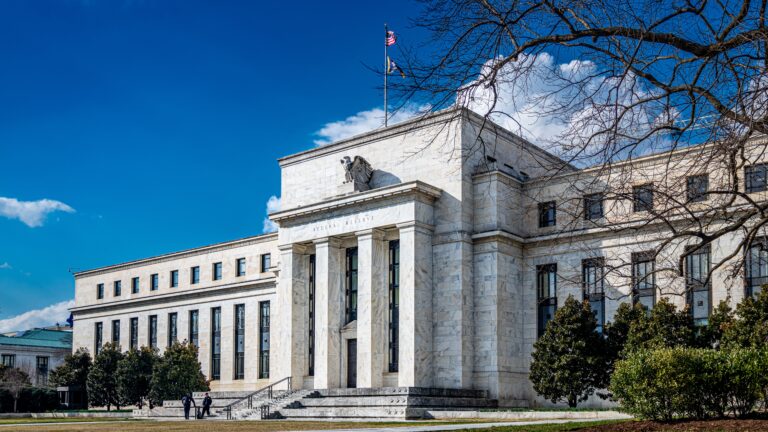

Applying Constant Risk Aversion to Cash Investment Management
Abstract
In this paper, we discuss the concept and benefits of constant risk aversion in cash portfolio construction. The process may help treasurers understand, gauge and rationalize investment decisions to achieve consistent risk characteristics and to avoid the whiplash that can result from drastic pendulum swings between high-risk and no-risk.
The Need for a Constant Risk Concept
When it comes to cash investment policies, most organizations uphold principal preservation, liquidity management and reasonable returns as their key objectives. In practice, however, portfolio holdings may be drastically different from one organization to another due to differing interpretations and expectations of risk and return objectives. As external risk conditions change, portfolios often must change to cope with the new environment.
The phenomenon of varying portfolio construction relative to risk is not new, but how one approaches the subject of risk to maintain an appropriate cash portfolio is a form of art. To make efficient use of resources and to arrive at an optimal outcome, we think each organization needs a “risk quotient” consistent with its internal risk tolerance consensus, business and financial conditions, and return expectations. As levels of risk change, a certain “quantity” of exposure to that risk may be adjusted accordingly to reach the optimal risk target. We borrow an economic term, Constant Risk Aversion (CRA), to represent this optimal risk conceptualization in a cash portfolio.
We think that a “constant risk” concept is warranted so that one does not slip into the binomial “risk-on, risk-off” behavior often observed in all forms of investing. This concept may be especially important today for treasury organizations that, in a moment of extreme caution, pulled out of the credit markets at the height of the financial crisis in 2008. Many such organizations remain in government-only securities today with essentially zero returns and are still unsure whether it is time to again assume any element of risk.
DOWNLOAD FULL REPORT
Our research is for personal, non-commercial use only. You may not copy, distribute or modify content contained on this Website without prior written authorization from Capital Advisors Group. By viewing this Website and/or downloading its content, you agree to the Terms of Use.
Please click here for disclosure information: Our research is for personal, non-commercial use only. You may not copy, distribute or modify content contained on this Website without prior written authorization from Capital Advisors Group. By viewing this Website and/or downloading its content, you agree to the Terms of Use & Privacy Policy.

